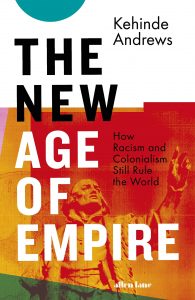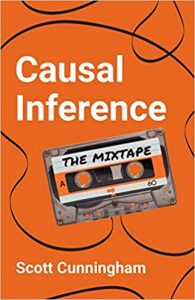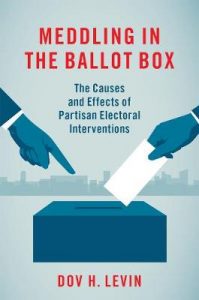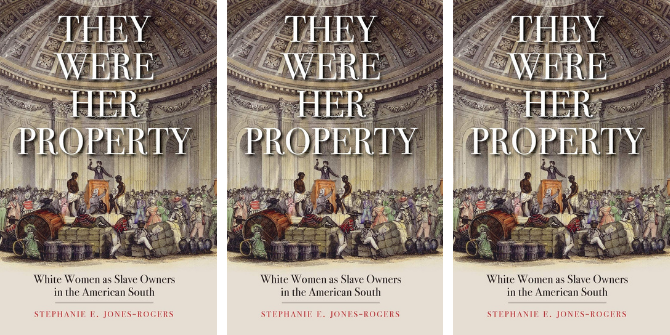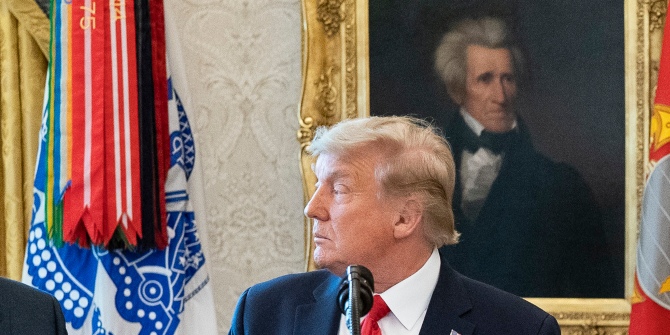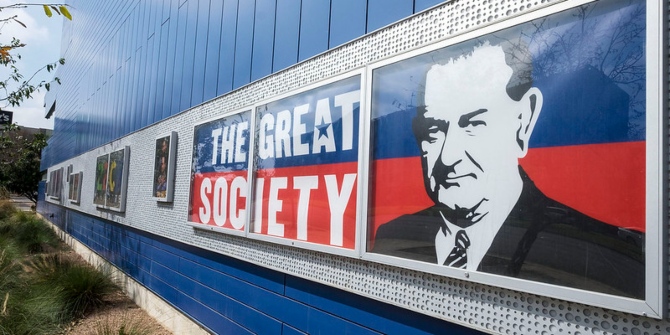Undocumented and unaccompanied Latino youth who are exposed to violence are more likely to turn to crime to overcome disadvantage.
Recent years have seen growing concern over the increasing number of unaccompanied youth arriving at the US-Mexico border. But despite this concern, such undocumented youth have been an understudied group. In new research, Marika Dawkins and Frank A. Rodriguez interviewed undocumented and unaccompanied Latino youth living at the US-Mexico border. They find that members of this group who experience […]









